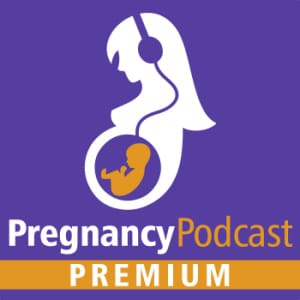Overview
The thought of eating your placenta might gross you out at first, but once you hear about some of the fantastic benefits women claim it has, you might be willing to consider it. This is not another podcast solely focused on all the wonderful things placenta encapsulation does. This episode and article dive into this practice’s possible benefits, examine the scientific evidence to support the claims, and explore the risks. After listening to this episode or reading this article, you will understand placenta encapsulation and all the pros, cons, evidence, and options to decide whether you want to encapsulate your placenta.

